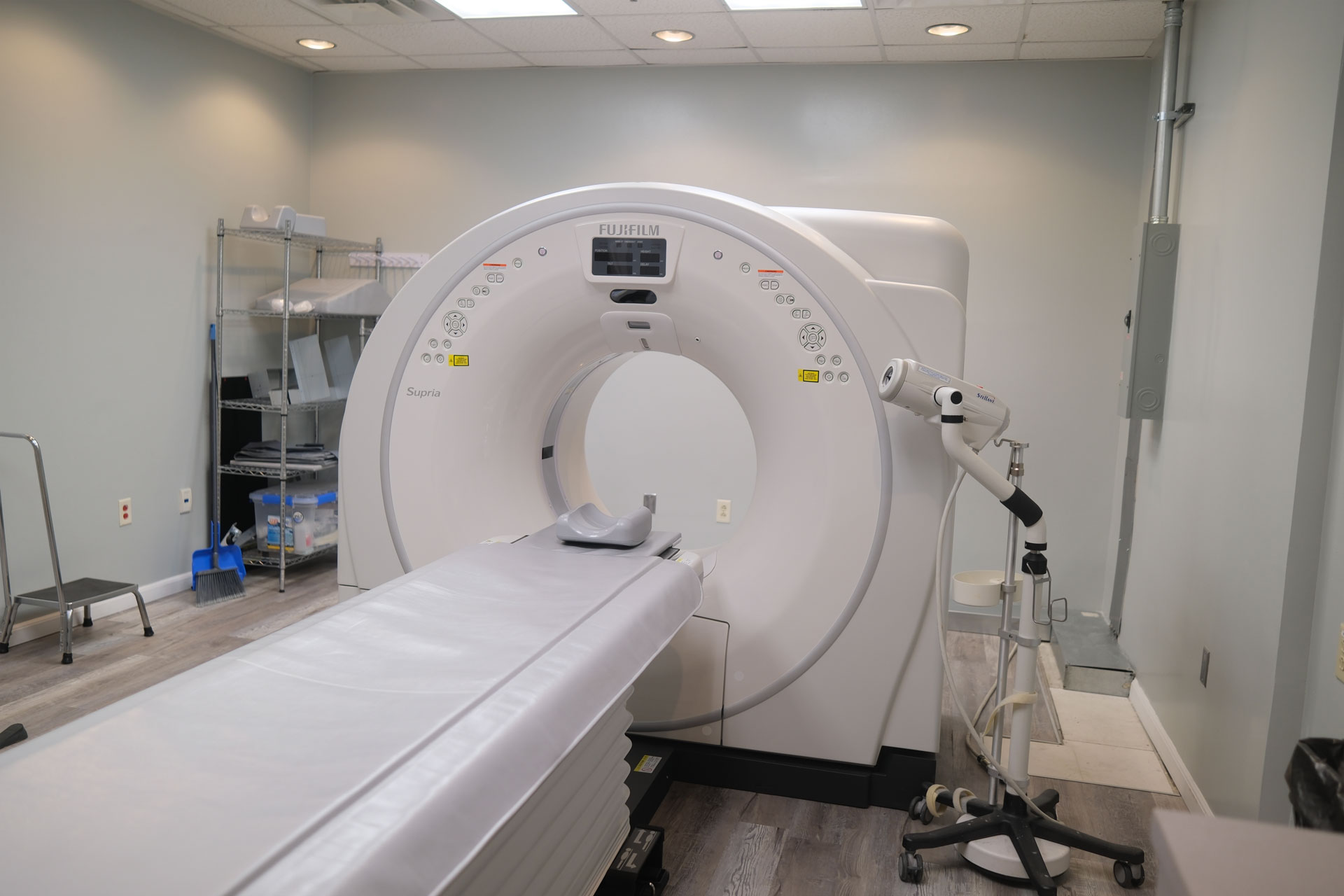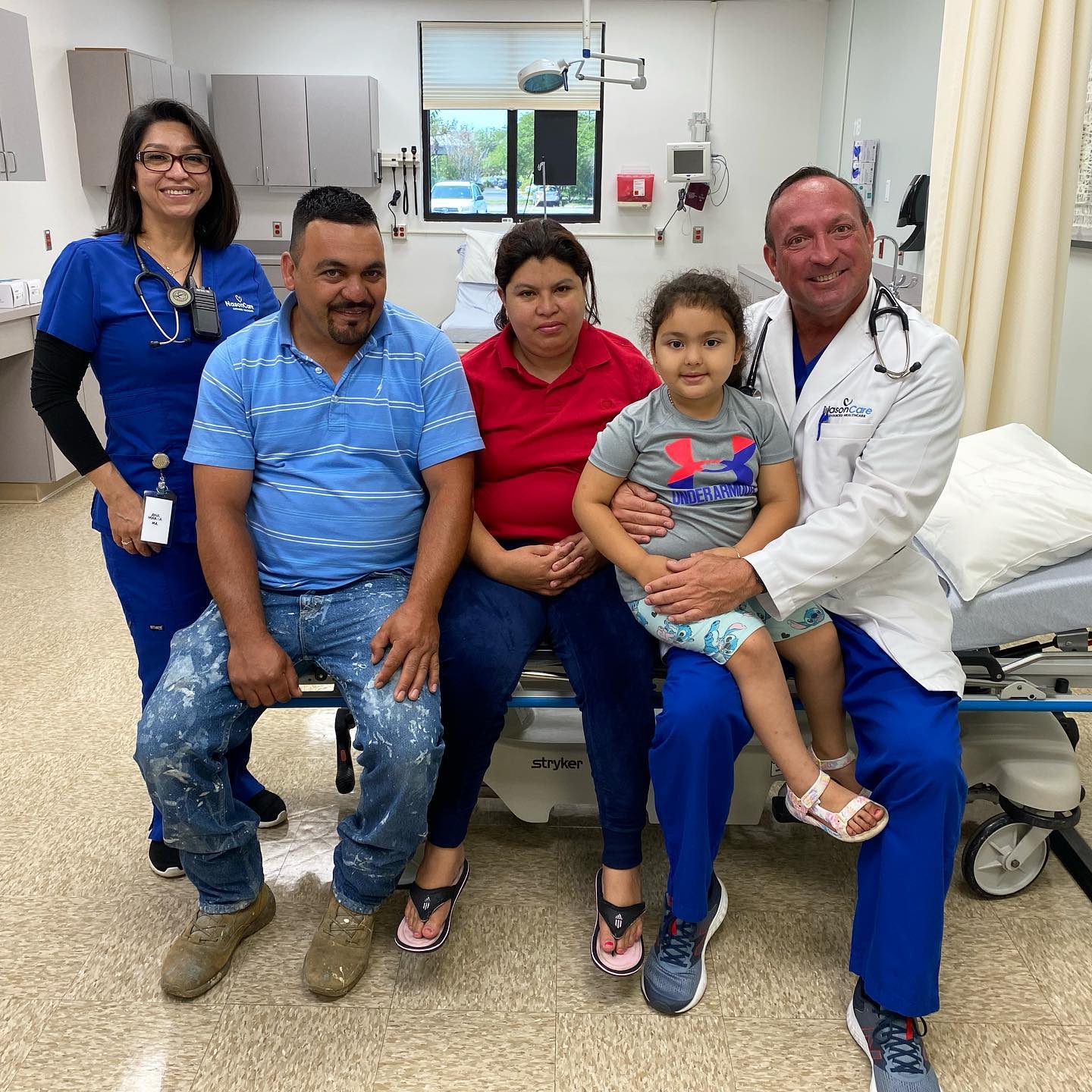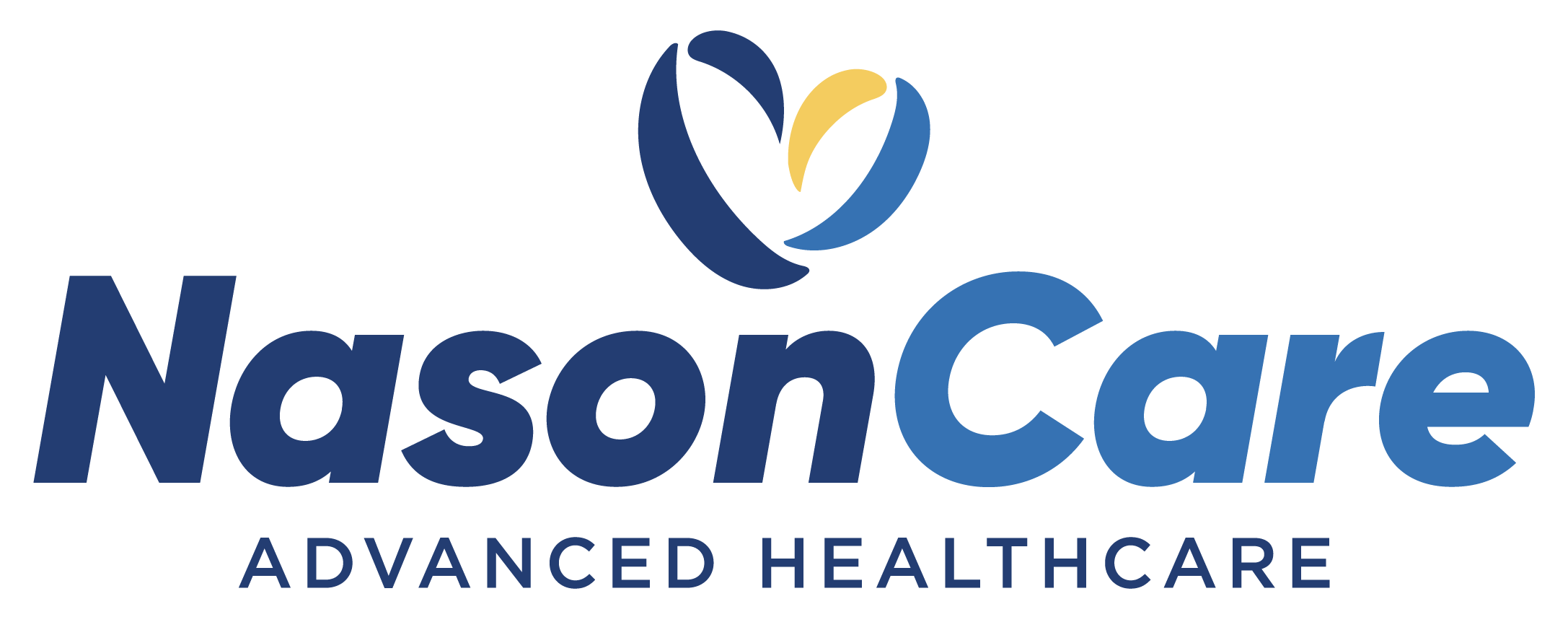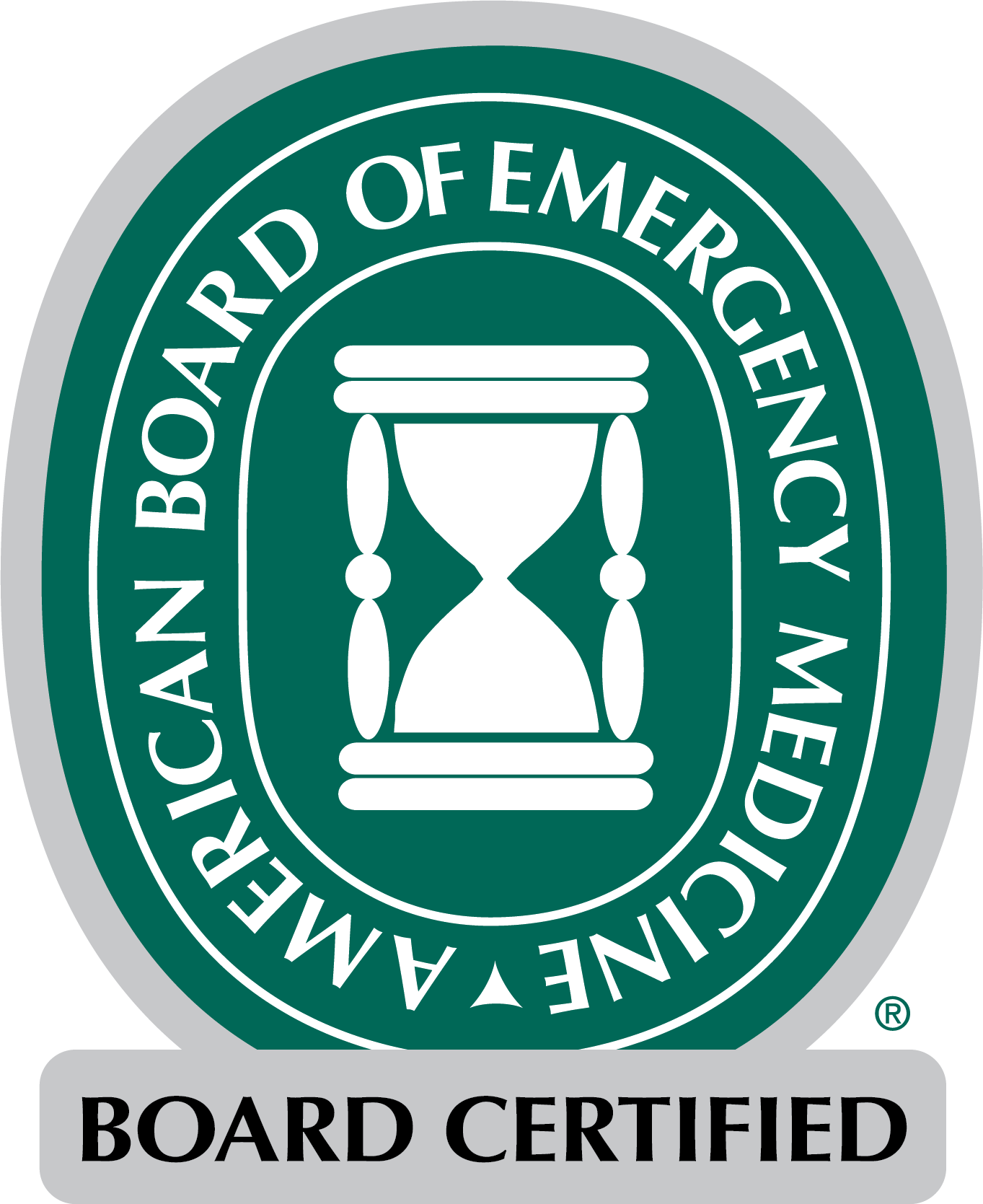
CT Scan
& Digital X-RAY
No Insurance Required
Our medical staff utilizes the most advanced technology to provide our patients with the very best care. From CT scans to x-rays. To best serve our busy patients, we are open every day of the week, Monday – Friday 8am to 8pm and Saturday and Sunday 8am to 5pm. Come see us today!
We accept outside physician orders for CT and x-ray services. Convenient self-pay rates available.
What is a Digital X-ray?
Digital X-Ray
Think of a digital x-ray like a digital camera. Like standard x-rays, this technology still utilizes radiation – but instead of film, the sensors transmit the image to a computer.
Why are Digital X-Rays Better than Traditional X-rays?
Affordability
Sharper Images
Safer
Sustainability
Common Injuries & Conditions Detected
Digital X-Ray at Nasoncare
Digital X-Rays can reveal the following injuries and conditions:
- Arthritis In Joints
- Blood Vessel Blockages
- Bone Growths And Spurs
- Bone Injury (Fracture, Bone Loss From Osteoporosis, Etc.)
- Calcifications (Kidney Stones, Gallstones, Etc.)
- Cancer
- Congestive Heart Failure
- Cysts
- Digestive Issues
- Dislocated Joints
- Foreign Objects Swallowed Or Left In The Body
- Infections (Pneumonia, Etc.)
- Lung Conditions
- Tumors
Digital X-Rays are frequently used to get
A clear image of these body parts:
- Abdomen
- Arms
- Chest
- Feet
- Hands
- Head
- Legs
Keep in mind that Digital X-rays Don't show these body parts:
- Muscles
- Ligaments
Steps During A Digital X-RAY
X-rays are a quick and simple procedure. Here is what you can expect:
Before the X-RAY
- Mention any pre-existing conditions or potential pregnancy to your doctor.
- Follow any instructions given by your doctor.
- Wear easily removable clothes to provide easy access to the body part being x-rayed.
During the X-RAY
- Remain still once your radiologist has properly positioned your body.
- Hold your breath when instructed and follow any other directions.
After the X-RAY
- Results are available in minutes, so you won’t have to wait long!
- Discuss findings and treatment options with your doctor.
How long does the Digital X-Ray take?
An x-ray typically takes 20 minutes or less to complete. Patients are free to return to normal daily activities afterward.
How long does it take to get my results after a Digital X-ray?
Your digital imagery will be available in minutes. It will then be evaluated by our radiologist before it is sent to your primary care doctor or the physician who is treating you. Once they receive the final report, they will discuss it with you and present a treatment plan.
Are there any risks to taking a Digital X-ray?
While traditional x-rays have been deemed safe for patients, digital x-rays are even safer. In fact, they produce 80% less radiation than traditional methods! That means it is extremely unlikely that the small dose of radiation will negatively impact your health. Be sure to mention any pre-existing conditions to your doctor beforehand. For instance, inform your radiologist if you are pregnant or believe that you may be. For more details, contact NasonCare today.
Discover North Charleston
CT Scan & X-ray Near Me
No Insurance Required | No Referral Required
CT Scan (CAT Scan)
What is a CT Scan?
A CT scan is a diagnostic tool used to produce imagery of the inside of your body. Short for computerized tomography, CT scans utilize x-rays to create a clear picture of bones, muscles, blood vessels, and organs.
Are CT scans and CAT scans the Same?
Yes, they are the same. CT stands for computerized tomography while CAT stands for computerized axial tomography. Despite the different names, they describe the same procedure.
Common Injuries detected by a CT scan at NasonCare
CT scans are used to diagnose
these injuries and conditions:
- Blood Clots
- Bone Fractures
- Excess Fluid
- Infection
- Internal Bleeding
- Monitoring Conditions Like Cancer, Heart Disease, Etc.
- Tumors
CT scans are an effective means of viewing these body parts:
- Abdomen
- Chest
- Head
- Heart
- Knee
- Shoulders
- Spine
How to Prepare for A CT scan? Steps During CT scan
Like digital x-rays, CT scans do not require much preparation. Here is what you need to know:
Before the CT Scan
- For CT scans with oral contrast dye, follow your doctor’s instructions on when to drink it.
- You may be asked to refrain from eating solid food for up to four hours prior to your scan.
- Remove any metal objects or devices, such as jewelry, watches, glasses, hearing aids, dentures, underwire bras, nicotine, or medication patches, etc.
During the CT Scan
- Remove clothing and put on a gown if asked.
- Lie on the scan table and remain still as it slides into the scanning machine.
- You will hear clicking noises as the scanner rotates, but this is normal!
- Speakers inside the device allow your radiologist to talk to you. Follow any instructions given.
- Let your radiologist know if you experience any breathing problems, elevated heart rate, etc.
After the CT Scan
- If contrast dye was used, you will be monitored for any kind of reaction.
- You are free to resume your normal routine, including eating habits.
How Long Does the CT scan Take?
The CT scan itself typically takes between 10 and 30 minutes, but it is best to set aside an hour to account for preparation.
How Long Does It Take to Get My CT Scan Results?
Results usually take about 24 hours. Your NasonCare radiologist will review all scans and craft a comprehensive report. This will be sent to your primary care doctor or discussed directly with the patient.
Are There Any Risks Associated with CT scans?
Because CT scans use x-rays, there is a very small risk that the radiation could cause cancer. The chances of developing a fatal cancer, however, are only about one in 2,000. The effect of radiation builds over a lifetime though, so be aware that the risk increases slightly with each CT scan.
Because radiation can be more harmful to children as they grow, your radiologist will likely adjust the CT machine’s settings to emit a lower dose. Radiation can also be more dangerous to people with pre-existing conditions or pregnant women, so be sure to share your medical history with your physician. For more details about the risks associated with CT scans, ask your primary care physician at NasonCare.
Offered at Nasoncare
Imaging Service Referrals
NasonCare radiologists offer CT scans and digital x-rays to Lowcountry patients. While we do not provide the following radiology services, we are happy to refer you to have any imaging study performed. We can provide a referral for:
If you need a referral for any of the services listed above, do not hesitate to reach out to NasonCare directly. Our medical staff is happy to help!
Discover North Charleston
CT Scan & X-ray Near Me
No Insurance Required | No Referral Required
No Insurance Required at NasonCare
We are proud to serve both insured and uninsured patients here in North Charleston and throughout the Lowcountry. Because we believe that every local family deserves great care, we have made our medical services more affordable – no insurance required.

Paying With Insurance? We Accept Most
Major Insurance Companies
If you would prefer to use your insurance instead of paying out of pocket, we accept the following major insurances:
- Absolute Total Care
- Aetna
- American Choice Provider
- Blue Cross Blue Shield
- BlueChoice Health Plan
- Cigna
- Department of Labor
- Humana
- Medcost
- Medicaid
- Medicare
- Molina Healthcare
- Multiplan Inc
- Three Rivers Provider Network
- Tricare Humana Military
- United Healthcare
- USA Managed Care Organization
- Wellcare
List of Healthcare Services at NasonCare
Urgent Care | Primary Care | Employee Care |
Immigration Physicals | Weight Loss
Urgent Care
- Illness/Infection
- Injury
- STI Concerns
- CT Scans
- X-Ray
- Laboratory Testing
Primary Care
- Family Medicine
- Wellness Visits
- Annual Comprehensive Physical Exam
- X Ray
- Flu Test
- Strep Test
- Primary Care Labs
Employer Services
- Workers’ Compensation Injuries
- Color Blindness Testing
- Vision Screening
- Vaccines for employees to include Hepatitis B series.
- DOT Physicals walk-ins available on some days. Please call
- DOT drug screens (pre-employment, post-accident and random)
- Rapid and send out drug screens
- Breath alcohol testing
- Mask Fit Test
Physicals
- Sports Physicals
- School Physicals
- Camp Physicals
- Immigration Physicals
- Pre-employment Physicals
- Pre-Op Physicals
- DOT Physicals (please call for availability)
- Annual Wellness Exams
MedSpa Weight Loss
- Semaglutide Weight Loss Program
Covid-19 Related
- Travel/Event Testing
- Testing for Exposure
- Symptomatic Testing/Medical Care



